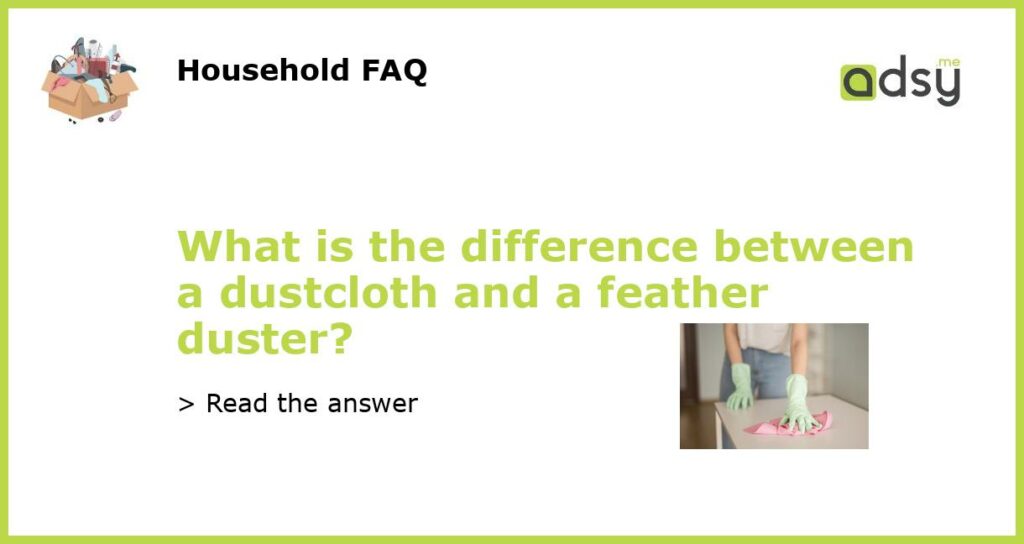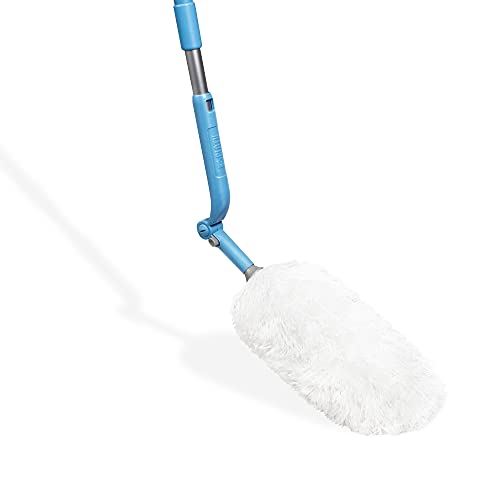The Basics of Dusting
Dusting is an essential household chore that involves removing dust, dirt, and debris from surfaces. There are several tools you can use to accomplish this task, and two of the most common ones are dustcloths and feather dusters. While both tools serve the same purpose, there are key differences between them that affect their effectiveness.
Dustcloths: The Pros and Cons
Dustcloths are pieces of fabric that are specifically designed to attract and hold dust. They can be made from a variety of materials, including microfiber, cotton, and fleece. One of the main advantages of dustcloths is that they are washable and reusable, making them a more sustainable option compared to disposable cleaning wipes. However, dustcloths can also spread dust around if they are not clean or used correctly, and may not be suitable for delicate surfaces.
The Benefits and Drawbacks of Feather Dusters
Feather dusters, on the other hand, use actual feathers to trap dust particles. They are often marketed as a more elegant and traditional option, and can be more versatile in terms of reaching tight spaces or crevices. However, feather dusters can also spread dust around if they are not cleaned and maintained properly, and may not be the best choice for people with allergies or asthma.
Which One Should You Use?
Ultimately, the choice of whether to use a dustcloth or feather duster comes down to personal preference and the specific cleaning task at hand. Dustcloths may be a better choice for general cleaning since they are less likely to spread dust and can be reused, while feather dusters may be more suitable for delicate or hard-to-reach surfaces. In any case, it is important to use the tool correctly and maintain it properly to ensure maximum effectiveness.
Best Practices for Effective Dusting
No matter which tool you choose, there are some best practices you can follow to ensure successful dusting. First, start from the top and work your way down to prevent dust from settling on surfaces you have already cleaned. Second, use a light touch to avoid damaging delicate items or surfaces. Lastly, clean or replace your tool as needed to prevent it from becoming a dust distributor instead of a dust remover.






